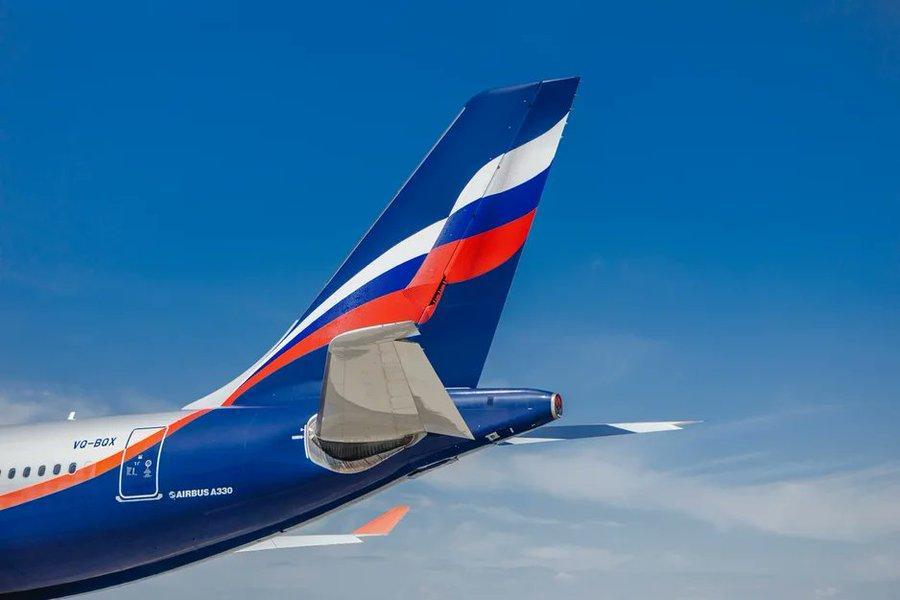
Supply chain, maintenance and lessor challenges have been at the forefront of aviation since the Russian invasion of Ukraine began and western sanctions were applied. However, Russian aircraft operations have also been immediately hit, according to data from RadarBox.
In the third week of March, operations from Moscow Sheremetyevo International Airport were down to 333 daily flights—about half the 605 flights reported for the third week of February.
Before the Ukraine war, the country’s largest operator, Aeroflot Russian Airlines, flew to 146 destinations in 52 countries. Now flying mostly to destinations in Russia and Belarus, the carrier operated 193 daily flights in mid-March, down about a third from 294 in mid-February. Aeroflot operates aircraft made by Airbus, Boeing and Sukhoi, more than 200 passenger aircraft in all.
S7 Airlines, too, had operated both domestically and internationally before the war. It has cut daily flights to 233 by mid-March from 334 in mid-February, again a decrease of about a third. S7 flies more than a hundred aircraft, all western-built.
So far, it appears that the ban on flying to many of the most lucrative international destinations accounts for much of the drop in flying. It may take a while for two other factors to dramatically decrease domestic flying: sanction effects on the overall Russian economy and the ban on part sales from western suppliers.
Aircraft passenger counts are chiefly a function of two factors: fares and income. For developing markets like Russia, a drop in incomes of a certain percent can lead to a significantly greater percentage drop in passenger counts. That should, in turn, reduce operations and in-service fleets.
Part sanctions are much easier to declare than they will be to enforce, especially against a country that is still reaping nearly $200 billion a year from oil exports. Boeing and Airbus are not going to ship parts to a company named “Aeroflot,” but the aviation supply chain has many links, including traders, distributors and asset managers, and these links can be expanded when necessary to avoid sanctions.
U.S. officials know about these challenges. The Commerce Department will now deny export licenses for aircraft parts for aircraft located in Russia or Belarus, for aircraft registered in Russia or Belarus, and for aircraft operated by an airline certificated by Russia or Belarus. It is also illegal for a U.S. supplier to export to any party if the U.S. supplier knows this transaction will facilitate a violation of the sanctions.
Further, the U.S. Treasury Department keeps a frequently updated list of persons who are blocked from engaging in the aircraft part of other financial transactions.
That still leaves a lot of grey area. For example, neither China nor India have joined in sanctions against Russia—China for political reasons and, for India, likely because it requires massive wheat shipments from Russia. What is to prevent Russian operators from piggy-backing on part orders from these countries to obtain parts?
If the war continues, MRO in Russia may turn into a downward race between demand and supply. How many aircraft will still be flying as the Russian economy contracts, how many parts will these operating aircraft need, and how many needed parts can be obtained by cannibalizing grounded aircraft and finding suppliers that can dodge the sanction limits?
Editor's note: Due to the fluid nature of Russian operators 'seizing' aircraft from lessors and placing them on the Russian aircraft register, there is potential for aircraft not to be matched to flights correctly, giving a slightly skewed view of the market.



